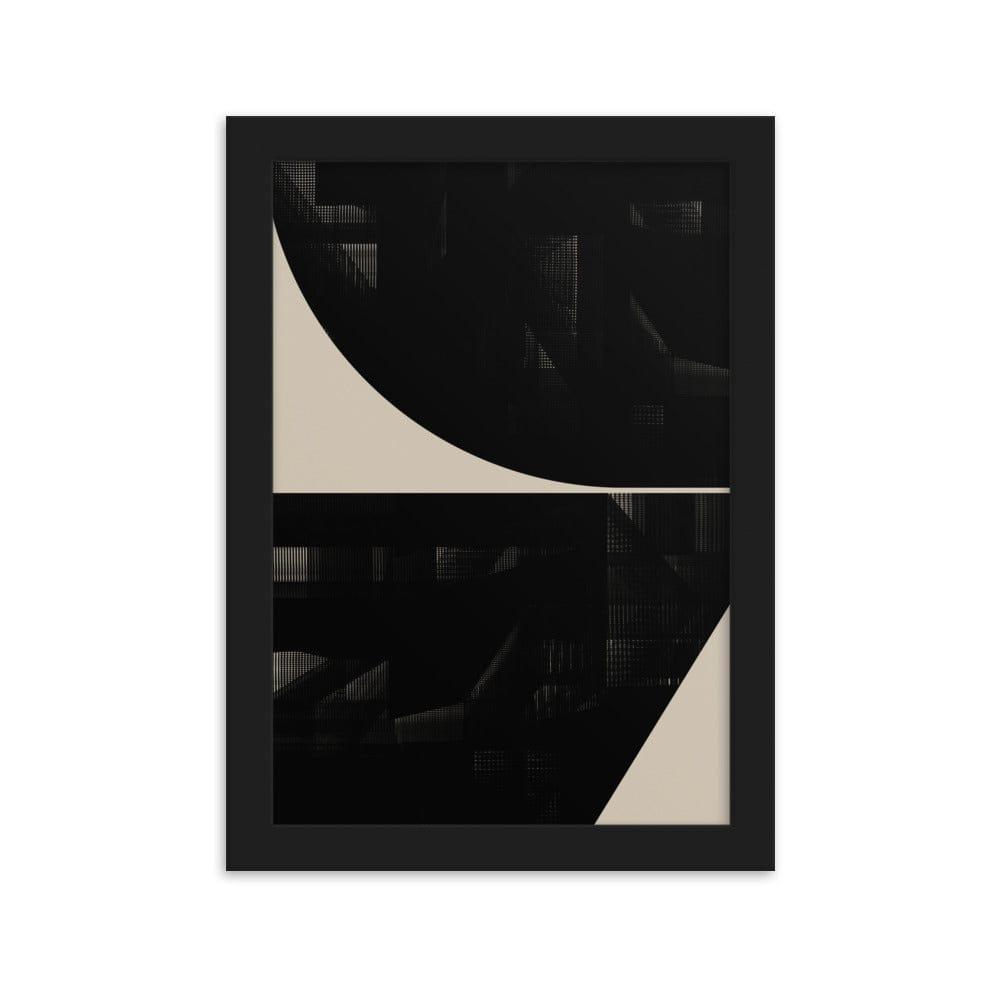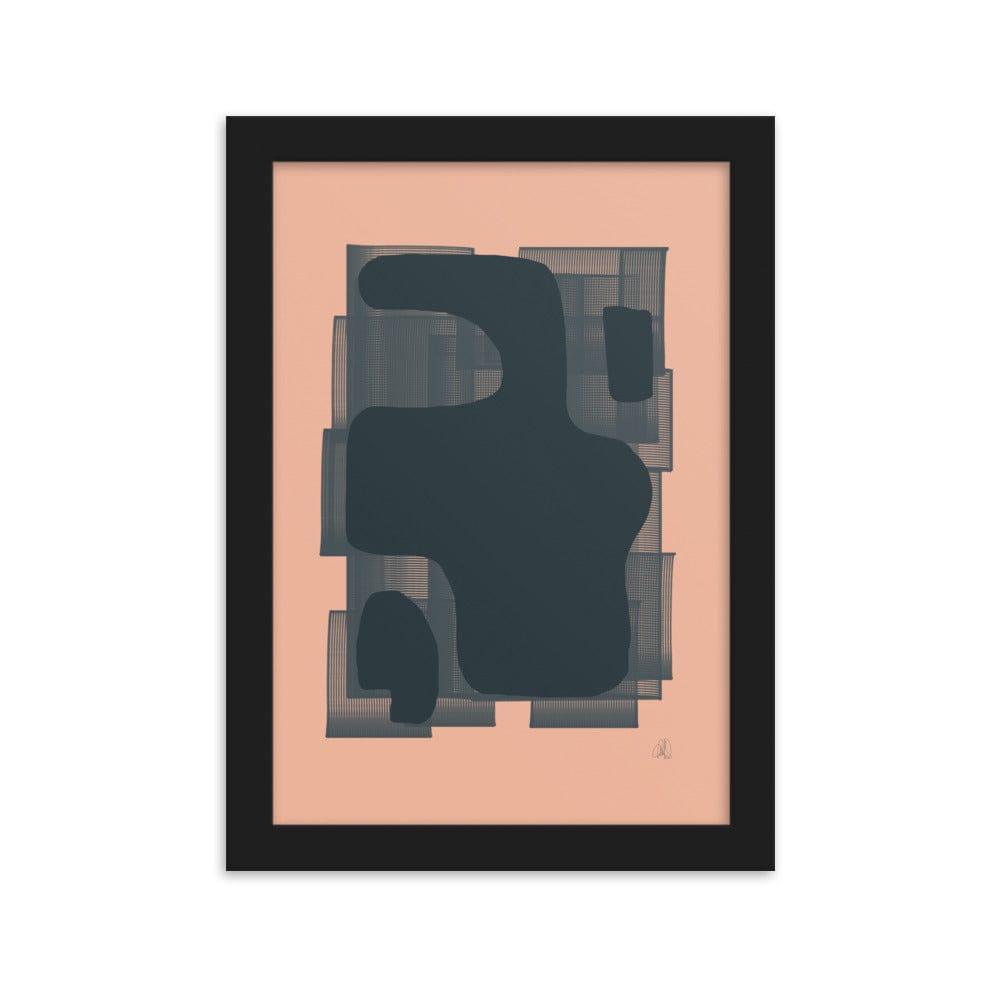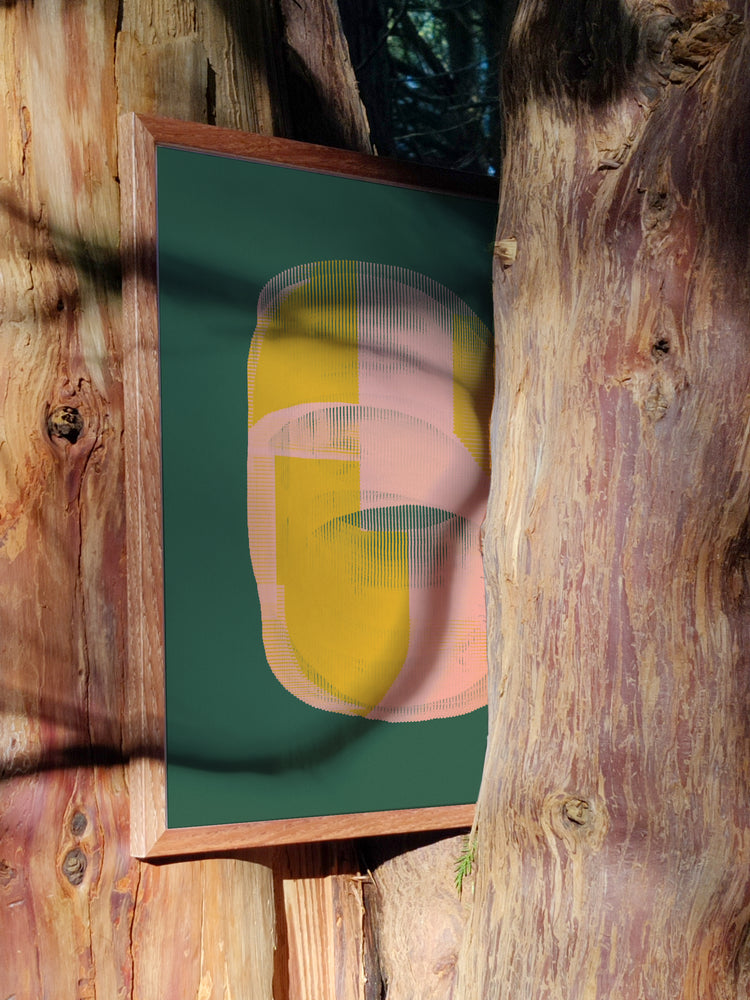
The Essence of Minimalistic Art: Simplicity Unveiled
Share
Minimalistic art is a style that began in the 1960s. It focuses on simplicity and uses only the most important parts of art. Minimalist artworks make you think about what's really important in a piece of art. They use basic shapes, colors, and materials to create something meaningful.
Key Takeaways
| Aspect | Description |
|---|---|
| Core Principle | Simplicity and reduction to essential elements |
| Key Elements | Geometric shapes, limited color palettes, negative space |
| Artistic Approach | "Less is more" philosophy |
| Impact | Challenges viewers to engage with artwork's essential qualities |
| Influence | Extends beyond art into lifestyle and design |
What Does Minimalistic Mean in Art?
In art, minimalistic means using only the most basic parts. It's about making something powerful with just a few shapes or colors. Minimalist artists want you to see the artwork for what it is, without thinking about other things. They want you to really look at the shapes and materials used.


The Art of Being a Minimalist
Being a minimalist in art is about keeping things simple. It's like cleaning your room and only keeping the things you really need. Minimalist artists think carefully about every part of their artwork. Some people even use this idea in their daily lives, trying to live with less stuff. This way of thinking helps artists focus on what's really important in their work.
Rules and Elements of Minimalist Art
While minimalism doesn't have strict rules, there are some things that many minimalist artworks have in common:
Key Elements of Minimalist Art
- Simple geometric shapes like circles, squares, and lines
- Limited color palette, often monochromatic
- Use of negative space to create balance
- Repetition and patterns
- Industrial materials like metal and glass
- Lack of obvious symbolism or hidden meanings
These elements work together to create artworks that are both simple and meaningful. By using basic shapes and few colors, the artist makes you really look at the artwork. The empty space around the shapes is just as important as the shapes themselves. Sometimes, artists use materials like metal or glass to make you think about everyday objects in a new way.


The Minimalist Art Technique
Minimalist artists often use special techniques to make their art. They might use machines to make perfect shapes or paint everything one color. Some artists let the materials they use, like metal or concrete, be the main focus of the artwork. The goal is to create something that you can understand just by looking at it, without needing to know a story behind it.
The Theory and Paradox of Minimalism
Minimalism in art is based on the idea that by taking away extra stuff, we can see what's really important. It's funny because something so simple can make you think about complex ideas. Minimalist art often makes people question what they think art should be. Even though the artwork looks simple, it can make you feel and think about many different things.


The Appeal of Minimalism
People like minimalist art for different reasons. Its clean lines and simple shapes can make you feel calm. Because there's no obvious story in the artwork, you can imagine your own meanings. Minimalist art often looks good in modern homes, which is why many people like to have it. It can make a room feel peaceful and organized.
Is Minimalist Art Easy?
Even though minimalist art looks simple, it's not always easy to make. Artists have to think carefully about every part of their work because each piece is important. It can be challenging to express big ideas with just a few shapes or colors. Minimalist artists often spend a lot of time perfecting their work to get everything just right.
The Father of Minimalism
There isn't just one person who started minimalism, but several artists helped create the style. Donald Judd, Frank Stella, and Dan Flavin are some important names. They made artwork in the 1960s that helped define what minimalism is. Each of these artists had their own way of making minimalist art, showing that there are many ways to keep things simple.

Minimalism: Good or Bad?
Whether minimalism is good or bad depends on what you like. Some people love how clear and focused it is, while others might think it's too plain. Minimalism offers a different way to look at art and life, making us think about what's really important. It's okay if you like it or if you don't - art is about personal taste.
Are Minimalists Happier?
Happiness is different for everyone, but some people find that living with less stuff makes them happier. In art, minimalist works can create a sense of calm and order. This might help some people feel more peaceful. But remember, what makes one person happy might not work for another. It's all about finding what feels right for you.
Conclusion: The Enduring Impact of Minimalistic Art
Minimalistic art continues to influence modern art and design. Its ideas about simplicity are still important in our busy world. Whether you like how it looks or you're interested in the ideas behind it, exploring minimalistic art can give you new ways to think about creativity.
From simple shapes to careful use of color and space, minimalistic art invites us to stop and think about the power of simplicity. As we live in a world that's getting more complicated, the lessons of minimalism – in art and in life – are still important. By focusing on what's essential, minimalism helps us think about what really matters, both in art and in our everyday lives.
